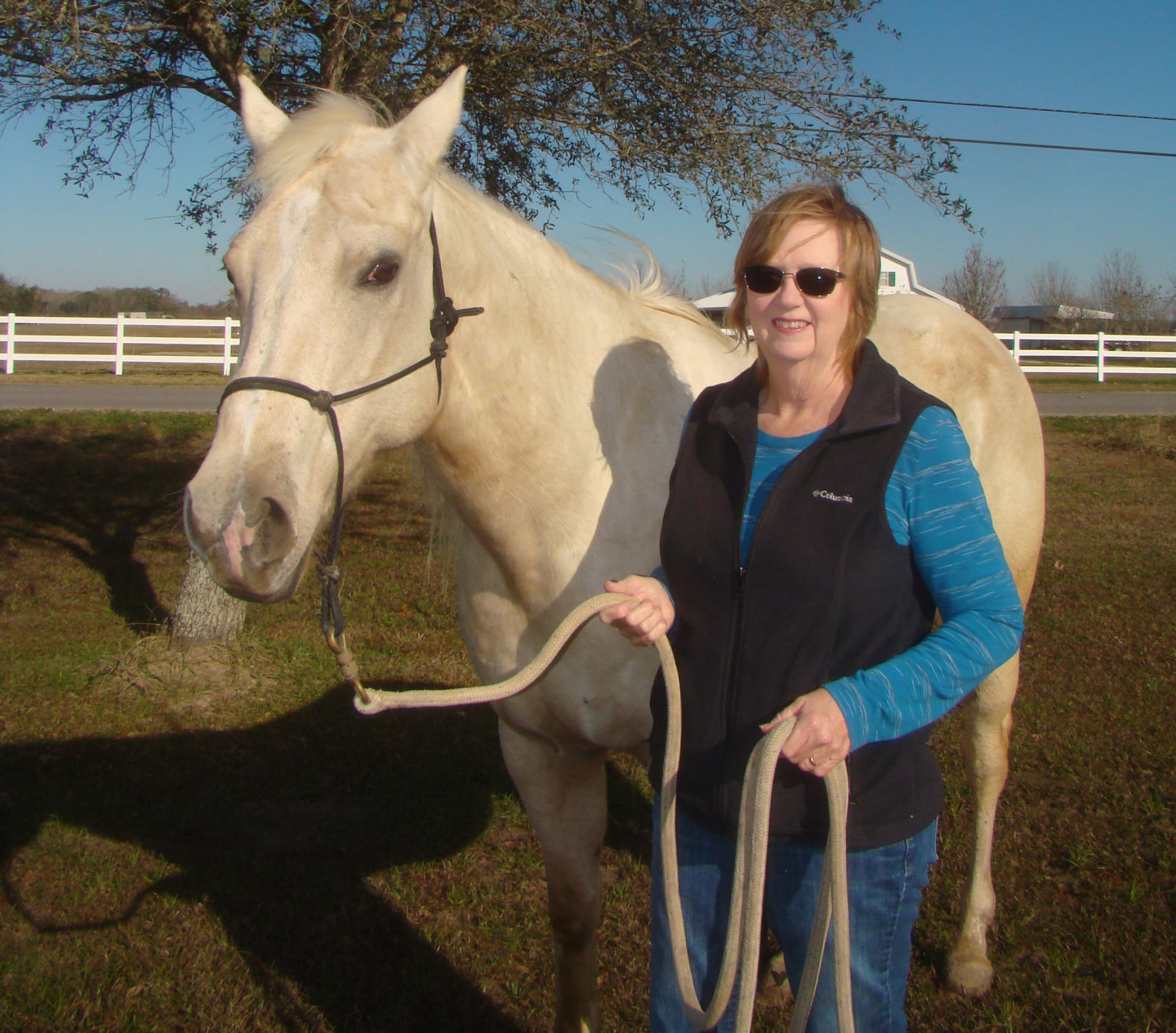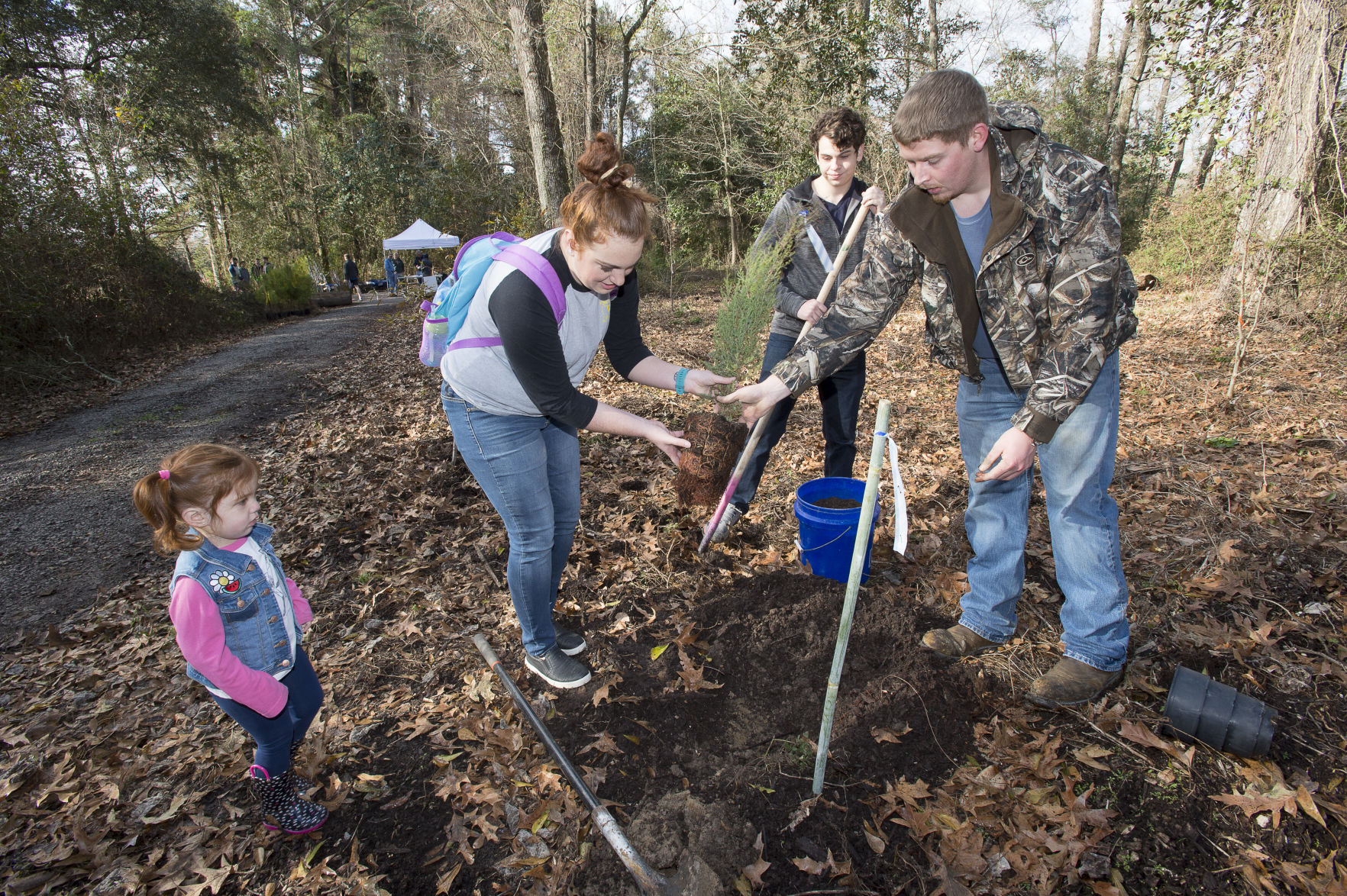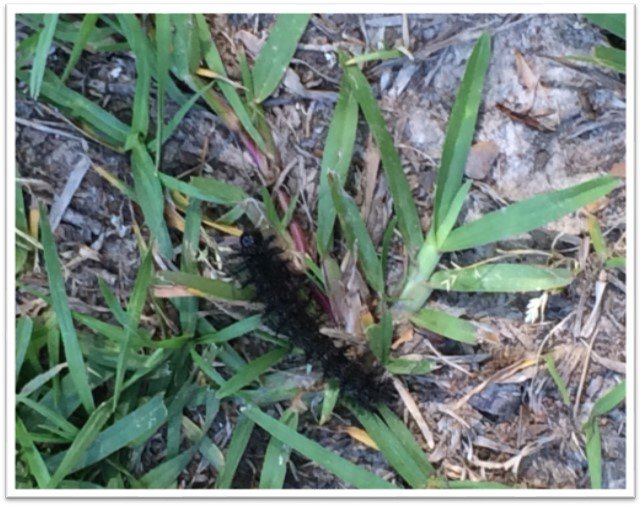
Take 5 with Hannah Kidder
January 23, 2019
Woman and her horses perform a special service
January 23, 2019In Louisiana, we celebrate Arbor Day each year on the third Friday in January. Arbor Day is when we take time to plant trees and appreciate the benefits that trees provide for us. Why do we celebrate Arbor Day in January? Because this is a great time of the year to plant trees in Louisiana.
The selection and placement of trees involves some of the most important landscaping decisions you will make. No other plants are as long-lived or will have a more profound an effect on their surroundings. No other plants can create the major problems that poorly selected or improperly placed trees will. The most common mistakes include planting too many trees, planting trees that grow too large for their site, planting trees not well adapted to Louisiana and planting trees too close to the house or concrete surfaces (driveways, sidewalks, patios).
Remember that the trees you plant will grow much larger than the saplings you purchase and bring home from the nursery. It is tempting to plant more trees than you really need, and years later realize that you made a terrible mistake. Cutting down a tree is never an easy decision, so it is better not to put yourself (or whoever owns the property later) in that situation.
There is no one perfect tree for Louisiana. All trees have advantages and disadvantages depending on the planting location and desired characteristics. Here are some points you need to consider:
— Select a tree that will mature at the appropriate size. Planting a tree that will grow too large for its location is one of the most common mistakes people make (along with planting too many trees). A patio might benefit from a small 15-to-25-foot-tall tree planted nearby, but be completely overwhelmed by a large tree. Generally, small trees are those that grow from 15 to 25 feet tall, medium sized trees grow from 30 to 55 feet tall and large trees are those that grow 60 feet or taller. Larger trees, such as live oaks, sycamores and pecans, generally grow too large for the average urban or suburban lot.
— Think about the purpose of the tree and why it is needed. This will help you determine what characteristics the tree should have, such as its shape, size and rate of growth. Ornamental features should also be considered such as flowers, attractive berries, brightly colored fall foliage or unusual bark.
— Decide if you want a tree that retains its foliage year-round (evergreen) or loses its leaves in the winter (deciduous). Deciduous trees are particularly useful where you want shade in the summer and sun in the winter. Small to medium size evergreen trees are useful as sound barriers or privacy screens.
— Choose trees that are well adapted to local growing conditions. They must be able to tolerate long, hot summers and mild winters, which makes a variety of northern species you might see in catalogs unsuitable for our area. Soil pH is important in some cases (this relates to the acidity or alkalinity of the soil).
— Don’t forget to check the location of overhead power lines, and if you must plant under them, use small, low growing trees. Also consider walks, drives and other paved surfaces that may be damaged by the roots of large trees. Locate large trees at least 15 feet away from paved surfaces and your house.
— Try to finish up any tree planting you need to do by the end of February or early March at the latest. Avoid planting trees in the stressful months of May through September.
Ellie Bazaldua, 2, left, looks on as volunteers help Micah Bazaldua, of Plaquemine, plant a tree during Arbor Day activities at the LSU AgCenter Botanic Gardens at Burden in Baton Rouge on Jan. 20, 2018.







